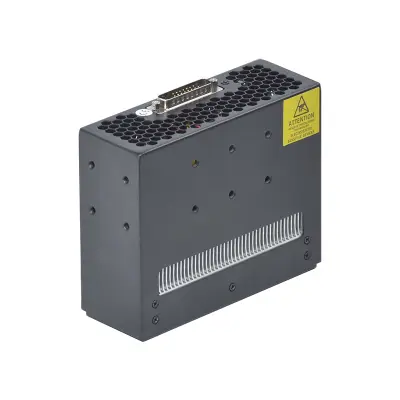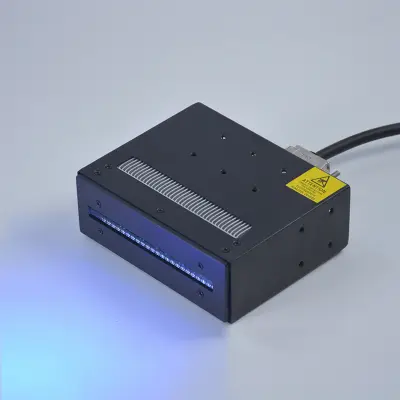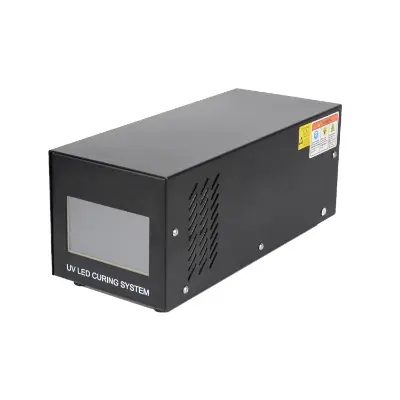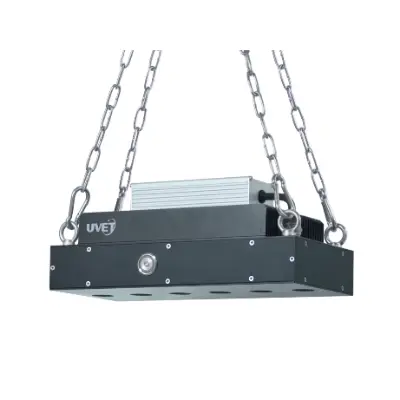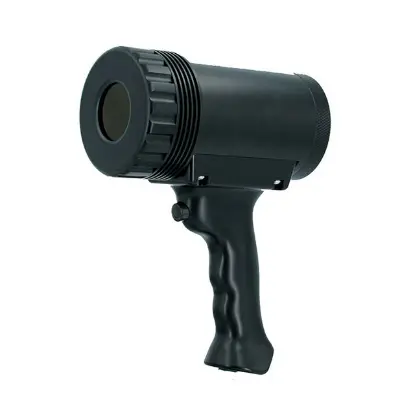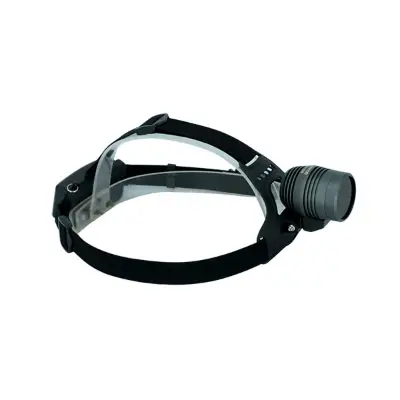UV LED Linear Curing Unit
- Model: UVSS-30X1
- 365nm
- 385nm
- 395nm
- 405nm
The UV LED Linear Curing Unit from UVET features a 120×10mm LED irradiation area, designed for efficient and uniform curing across linear surfaces. Supporting optional wavelengths of 365nm, 385nm, 395nm, and 405nm, this unit offers versatility to match a wide range of material requirements. Commonly used with equipment like FIB systems, the UV LED Linear Curing Unit is ideal for electronic assembly, medical device bonding, optical component bonding, and various optoelectronics applications, delivering precise and consistent curing performance in demanding industrial environments.
Specifications
| Part No. UVSS-30X1 | Wavelength 365nm, Intensity 5W/cm2 |
| Part No. UVSE-30X1 | Wavelength 385nm, Intensity 6W/cm2 |
| Part No. UVSN-30X1 | Wavelength 395nm, Intensity 6W/cm2 |
| Part No. UVSZ-30X1 | Wavelength 405nm, Intensity 6W/cm2 |
| Irradiation Area | 120x10mm |
| Heat Dissipation | Fan cooling |
-
Descriptions

The UV LED Linear Curing Unit delivers powerful and efficient UV curing across a wide surface area. With a 120mm × 10mm irradiation zone and selectable wavelengths of 365nm, 385nm, 395nm, and 405nm, it offers excellent flexibility for a wide range of UV-curable materials. This makes it highly effective in electronics, medical devices, optics, and optoelectronics.
You can operate the unit independently or integrate it into an automated production line. Because of its compact design and consistent output, it adapts easily to both manual workstations and robotic systems. The LED-based system also minimizes heat and power consumption, offering energy savings while maintaining strong performance.
Features
- Simple system integration: Works well with both new and existing workflows
- Compact irradiation area (120mm × 10mm): Ideal for narrow, targeted curing zones
- User-friendly operation: Requires minimal training for quick startup
- Standalone or automated compatibility: Easily switches between manual use and automated control
Why Choose the UV LED Linear Curing Unit?
This UV LED Linear Curing Unit offers precise control over curing applications that require uniform exposure along linear surfaces. Although the lamp has a compact form factor, it delivers broad coverage, which is perfect for tasks such as fiber coating, circuit board curing, or sealing narrow seams.
The unit starts instantly—there’s no waiting for a warm-up. As a result, productivity improves and time is saved during every shift. Light intensity remains steady throughout operation, allowing users to rely on consistent curing results batch after batch.
Because it supports four different wavelengths, it accommodates a variety of adhesives, coatings, and UV-reactive resins. Whether you're working with transparent materials or dense layers, the device adapts to meet specific curing requirements.
Unique Advantages
- High UV intensity: Cures materials quickly and uniformly
- Selectable wavelengths (365nm, 385nm, 395nm, 405nm): Adapts to various curing materials and processes
- LED-based technology: Enables instant start, low power use, and reduced heat
- Cross-industry flexibility: Supports applications in electronics, optics, medical devices, and more
UV LED Linear Curing Unit is built to last. Its durable construction stands up to continuous industrial use, while the low-maintenance design helps reduce operating costs. In contrast to bulky traditional curing systems, this compact model performs with greater control and efficiency.
Thanks to its fast response time, low operating temperature, and adaptable design, this unit fits easily into modern manufacturing environments. Whether upgrading legacy systems or starting new production lines, it provides a reliable, scalable solution for precision UV curing.
-
FAQs

Q1: What is a UV LED Linear Curing Unit used for?
A: A UV LED Linear Curing Unit is designed for continuous or large-area curing of UV adhesives, coatings, and inks in applications such as roll-to-roll processing, flat panel assembly, printing, and surface coating.Q2: What are the advantages of using a UV LED Linear Curing Unit?
A: It offers uniform irradiance over wide areas, low heat emission, long LED lifespan, energy efficiency, and instant on/off operation with no warm-up time.Q3: What curing widths and wavelengths are available for UV LED Linear Curing Units?
A: Curing widths can range from a few centimeters to over a meter, with wavelength options typically including 365 nm, 385 nm, 395 nm, and 405 nm to suit various UV-curable materials.Q4: Can the UV LED Linear Curing Unit be integrated into automated production lines?
A: Yes, it is designed for easy integration with conveyors, robotics, and inline systems using standard control interfaces such as I/O signals or PLCs.Q5: What are the cooling and maintenance requirements for a UV LED Linear Curing Unit?
A: Units may use air or water cooling depending on power output; maintenance is minimal, involving regular cleaning of optics and filters and periodic performance checks.
